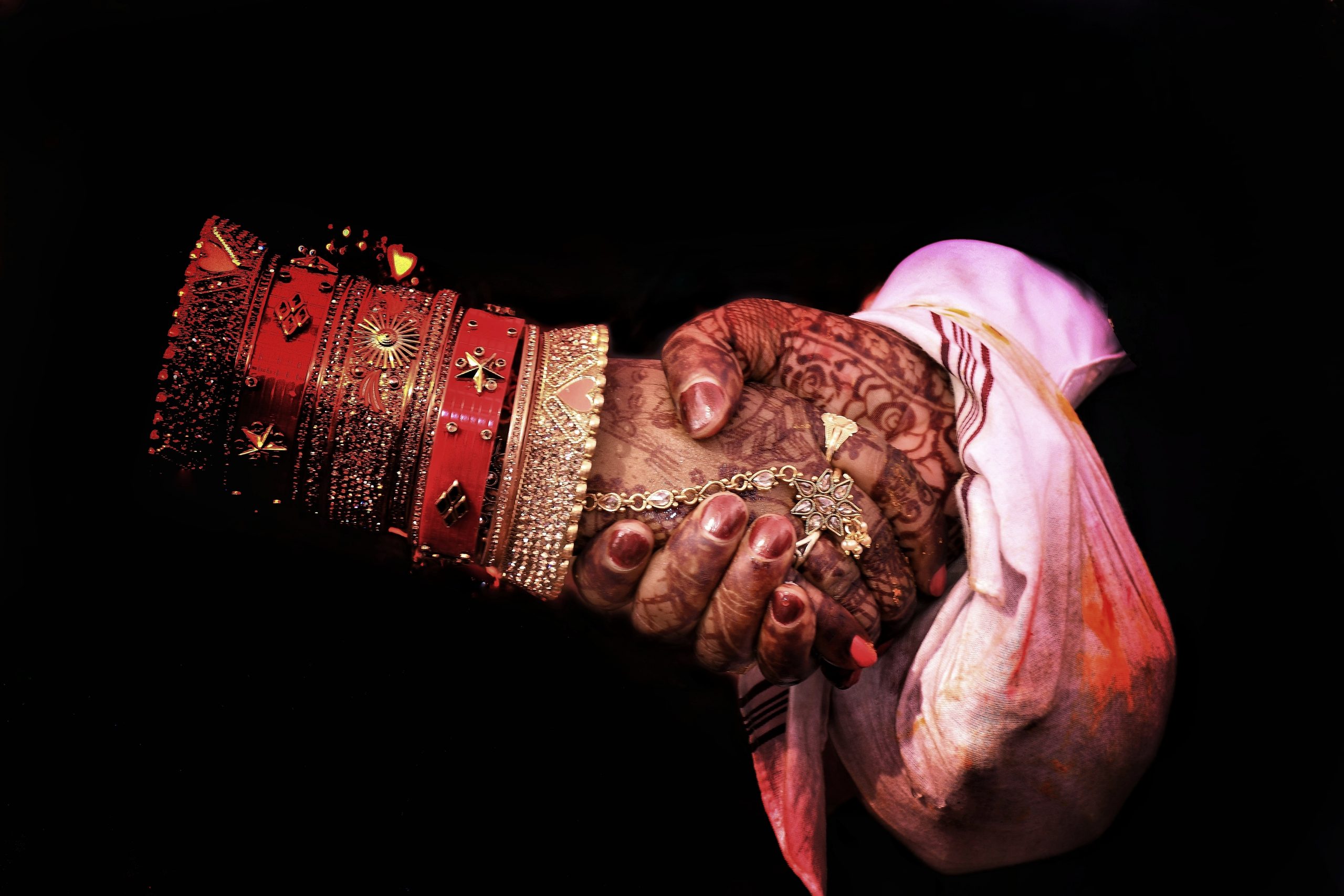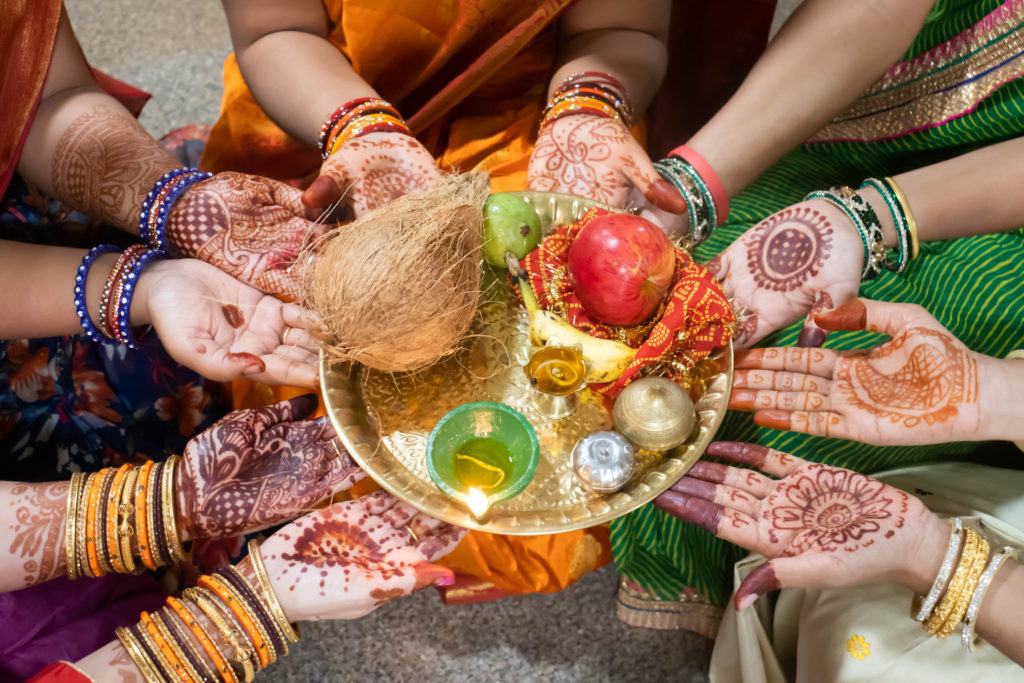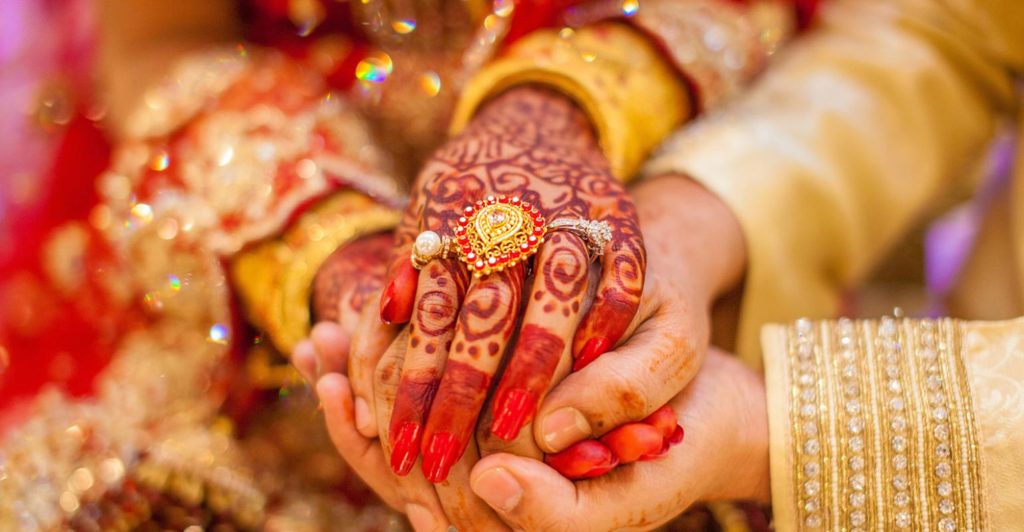Despite being founded on Vedic teachings, the Hindu way of life is liberal in every sense, reminding us that life is the greatest gift bestowed upon human beings. However, it is crucial to remember that religious rites continue to play a significant part in the lives of the majority of Hindus.
What Is The Significance Of Tying A Crimson Thread Around One’s Wrist At The Start Of A Religious Ceremony?

Hindus customarily tie a scarlet thread – known as a mauli or kalava – around their wrists at the start of a religious event. The thread is knotted on men’s right wrists and women’s left wrists.
By doing so, one invokes the blessings of the Hindu trinity of Brahma, Vishnu, and Mahesh, as well as their wives Saraswati, Lakshmi, and Durga. Brahma’s blessings make one compassionate, Vishnu’s blessings give one power to protect oneself, and Mahesh’s blessings keep negative influences at bay. Goddess blessings are also acquired when Lakshmi bestows riches, Durga bestows power, and Saraswati bestows knowledge.
The crimson thread is also said to defend against sickness by increasing immunity. The ritual of tying the thread dates back to when Vaman Bhagwan wrapped this sacred thread around the wrist of the great King Bali in order to grant him immortality. “Above all” is the direct translation of mauli. The connection here is to the high-standing head. Shiva is known as Chandramauli because the moon is sitting on top of his head.
What Is The Purpose Of The Vow Made At The Start Of A Ceremony?

The role of devotion and a firm resolve in achieving success is well known. To resolve means to be determined. Without this firm determination, success cannot be achieved. Resolve also indicated a definite aim. Once the aim exists, the ability to achieve it is generated from within the individual. Nothing is difficult for a determined person.
At the beginning of a religious ceremony, the priest asks the person to make a firm resolve to achieve the purpose of the ceremony. It is customary to take a little water in one’s hand and make the resolve. The water indicates that God Varun resides there and seeks his blessings.
A firm resolve is explained in many ways. It refers to the strength from one’s desires, the determination of mutual discussion and a project to achieve one’s desires or as a motivator to act. It is also referred to as the basis of desire and action.
Devotion, self-confidence and concentration in conducting a religious ceremony emerge from the strength one gains from making a firm resolve. Even when giving charity or conducting a yagya, one must first resolve for its success.
In the Manusmriti 2/3, it is said:
“A desire is the basis of a personal resolution. A yagya can be conducted only by a firm resolution. A fast, yagya or other religious ceremonies are based upon a resolve.”
Making a resolve also creates awareness amongst people about their family background, religious attachments and sentiments. This arouses pride within an individual and dissuades one from bad activities.
In A Religious Event, Why Is Tilak Placed On The Forehead?

A tilak is an ornamental or religious mark on the forehead, also called tika. According to Hindu religious texts, applying tilak or tika is necessary at all religious ceremonies, without which no Hindu ceremony is complete. From birth till death tilak is a part of life. All gods, goddesses, yogis, saints, sages and mahatmas apply tilak on their forehead. Some householders apply tilak daily, although generally it is customary to apply tilak at the beginning of the religious ceremony.
According to tradition, applying tilak is a symbol of honor being extended to the person.
Guests are welcomed or seen off with tilak. Even when householders leave on long travel or pilgrimage, they are seen off with a tilak and good wishes.




